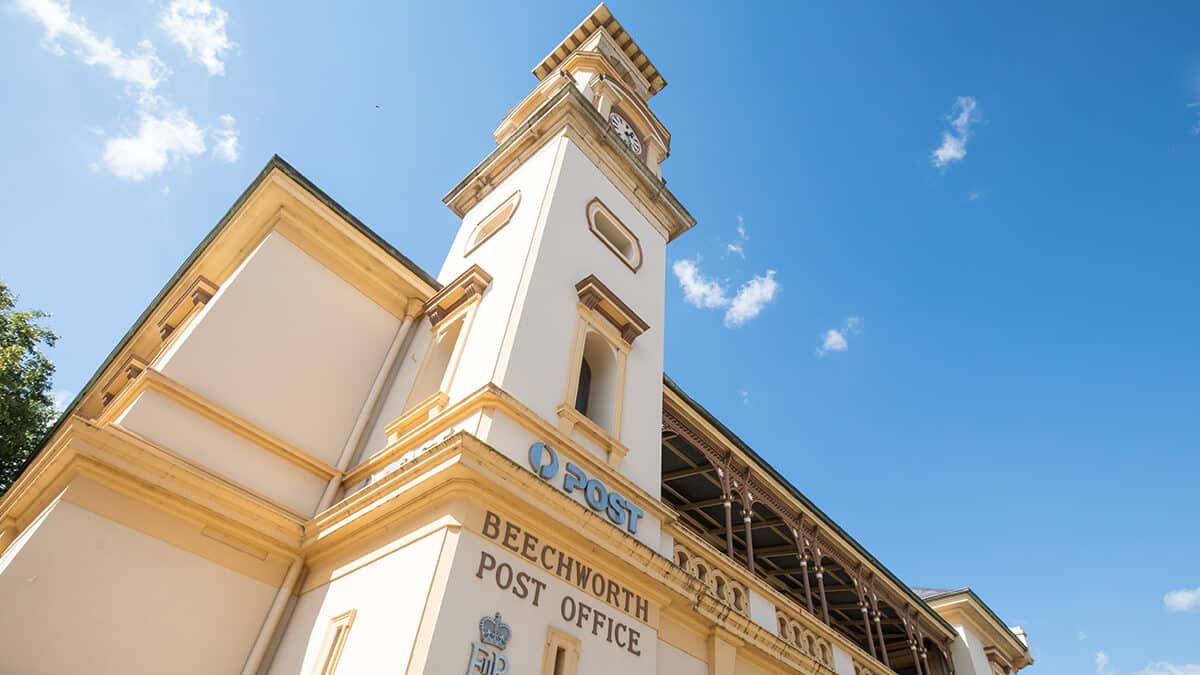In this guide
Australia’s property markets continue to grow, leaving lots of investors keen to get a slice of the action. If you own a small business and have an SMSF, you can take out a loan to buy the commercial property you use for your business and become your own landlord.
With SMSFs holding $109.7 billion in non-residential real property assets in the December 2024 quarter, it’s clear many trustees have already taken to the idea.
Although there are strict rules you need to follow, SuperGuide has put together a simple 10-step guide on how to organise an SMSF commercial property loan and rental arrangement that will keep the ATO happy.
What are the rules for SMSF property loans?
The key rule is you can only invest in a property asset through your SMSF if you meet all the ATO’s requirements. The property investment must:
- Comply with the sole purpose test to provide retirement benefits to fund members
- Not be acquired from a related party of a member
- Not be lived in by a fund member or related party of a fund member
- Not be rented by a fund member or related party of a fund member.
The SIS Act also prevents the trustees of an SMSF from borrowing money, with the exception of using a limited recourse borrowing arrangement (LRBA) to acquire a single asset, like direct property or shares.
2026 SMSF calendar
Our free calendar includes due dates for important documents plus suggested dates for trustee meetings and other strategic issues for your SMSF.
"*" indicates required fields
A big plus with commercial property investments is they are exempt from many of the above restrictions:
- The in-house asset rules that restrict the SMSF from leasing the fund property to a member or a related party do not apply for property that is used wholly and exclusively for business use; and
- The related party acquisition rules do not apply where the SMSF is acquiring property that is used wholly and exclusively in one or more businesses.
These exemptions mean your SMSF can take out a complying loan and buy a commercial property such as your business premises – even from one of the members of the fund. Your business can then pay rent to your SMSF.
How to purchase a commercial property for your SMSF
Borrowing to buy a commercial property through your SMSF and leasing it back to your business is similar to a normal property purchase. There are some important steps you need to follow, however, to ensure you don’t fall foul of the super and tax rules:
Step 1: Check your investment strategy and trust deed
If you are thinking about borrowing to invest in a commercial property, you should check your fund’s investment strategy prior to buying. The asset must fit within the current investment strategy, particularly in relation to asset diversification, liquidity and maximisation of returns to fund members.
The fund’s investment strategy may need to be updated to acknowledge the lack of diversification with the LRBA and what the trustees plan to do about it.
It is also important to check that the trust deed allows borrowing and allows a charge to be placed over the fund asset that is being acquired under the LRBA.
Step 2: Check it’s business real property
To be exempt from the normal in-house asset and related party acquisition rules, a property investment must meet the ATO’s definition of business real property. The ATO generally defines land and buildings used wholly and exclusively in a business – and which satisfy the business use test – as business real property.
Under the business use test, the property must be “used wholly and exclusively in one or more businesses” carried on by an entity. It can be a commercial or industrial property, office, warehouse, shop or farm.
If the asset is a farm used for primary production, it can still meet the test of being used wholly and exclusively in a business if it contains a dwelling used for private or domestic purposes. The dwelling, however, must be an area of land no more than two hectares and the main use of the property must not be for domestic or private purposes.
Step 3: Review the property asset rules
If you use an LRBA to purchase a commercial property, the asset must be a single acquirable asset (or collection of identical assets with the same market value).
Properties on multiple titles (such as a commercial premises with a car park on a separate title) require a bare trust for each title if they can be sold independently.
The ATO rules also prohibit alterations that change the character of the property until the loan is paid off, so major renovations are not permitted. If improvements are made to the property, you are not permitted to use borrowed funds; they must be paid for using money from the SMSF.
Super knowledge is a super power

"*" indicates required fields
Step 4: Organise a bare (holding) trust
If your SMSF is taking out a loan for the purchase, you need to set up a bare/holding trust with the SMSF as its beneficiary.
The trustee of the holding trust acts as the registered holder and legal owner of the property and holds the asset on behalf of the SMSF, the beneficial owner of the property, until the loan is repaid.
Once the loan has been repaid, the legal ownership can then be transferred to the trustee of the SMSF.
The trustee of the SMSF cannot be the same as the trustee of the bare trust. Some lenders require a bare trust to have a corporate trustee.
Step 5: Check the fees and costs
As with any investment, there are fees and costs involved when buying a commercial property. These can include upfront fees, legal fees, advice fees, stamp duty, on-going property management fees, bank fees, loan fees and rates. There are also ongoing expenses, such as property maintenance costs and strata and property management fees, to consider.
The lending criteria for a commercial property LRBA is usually stricter than traditional lending, with most lenders having higher loan-to-valuation ratios in place than for residential property or loans outside the super system. As lenders may only be willing to lend up to 70–80% of the purchase price, the SMSF must have sufficient money available in the fund to pay the deposit for the property.
It’s worth comparing interest rates and conditions for SMSF loans, as these can vary considerably.
Step 6: Prepare or review a contract of sale
If you enter into a contract of sale to purchase a commercial property, ensure the contract states the purchaser is the trustee of the bare trust. Some states require the name of both the bare trustee and SMSF to be listed.
The trustee of the bare trust must be the registered owner at settlement and must be listed on the certificate of title. Failure to purchase the property in the correct name can lead to expensive stamp duty implications in some states.
Step 7: Submit a loan application
Organising an SMSF loan can take time, as you will be required to submit detailed documentation, and the lender will carefully assess this before offering a loan facility.
Most lenders require copies of the trust deeds for both the SMSF and bare trust, tax returns for the SMSF, evidence of the rental income and a full copy of the proposed contract of sale.
They may also check the financial position of fund members, or require proof of their income, if future super contributions will be required to help top up the loan repayments.

Free eBook
SMSF investing essentials
Learn the essential facts about the SMSF investment rules, how to create an investment strategy (including templates) and how to give your strategy a healthcheck.
"*" indicates required fields
Step 8: Purchase the property
Before signing the contract of sale, ensure you obtain legal and accounting advice, as there can be costly stamp duty implications if the required order in which the documentation is signed is not followed.
The bare trustee signs the contract of sale as the legal purchaser of the commercial property and is listed on the title deed as the registered owner.
Step 9: Organise a commercial lease
To demonstrate to the ATO that a normal ‘arm’s length’ business relationship exists between your company and the property owner (the bare trustee), it’s sensible to sign a registered commercial lease if your business plans to rent the property.
The lease must charge market rent and be in line with the terms and conditions of a typical commercial lease. If leasing arrangements are not on commercial terms, the income (including any capital gains) derived by the SMSF from the investment could be classified as non-arm’s length income (NALI), which is taxed at 45%.
All rental payments must be paid as outlined in the lease arrangement, with no discounts or concessions. Rent must be paid promptly and in full on the due date as if your business was renting from a private landlord.
If rent from the lease doesn’t cover the LRBA loan repayments, the SMSF will need to make up the difference from super contributions.
Supercharge your SMSF

"*" indicates required fields
Step 10: Transfer the title to your SMSF
Once the LRBA loan has been paid off, the property title can be transferred to your SMSF from the bare trust. This can usually be done without incurring taxes and other liabilities, provided the LRBA was set up correctly.
There is no absolute requirement to transfer the title of the property across to the SMSF trustee name once the LRBA has been paid off. However, all the usual restrictions that apply to assets held ‘on trust’ for an SMSF will continue to apply.



Leave a Reply
You must be logged in to post a comment.